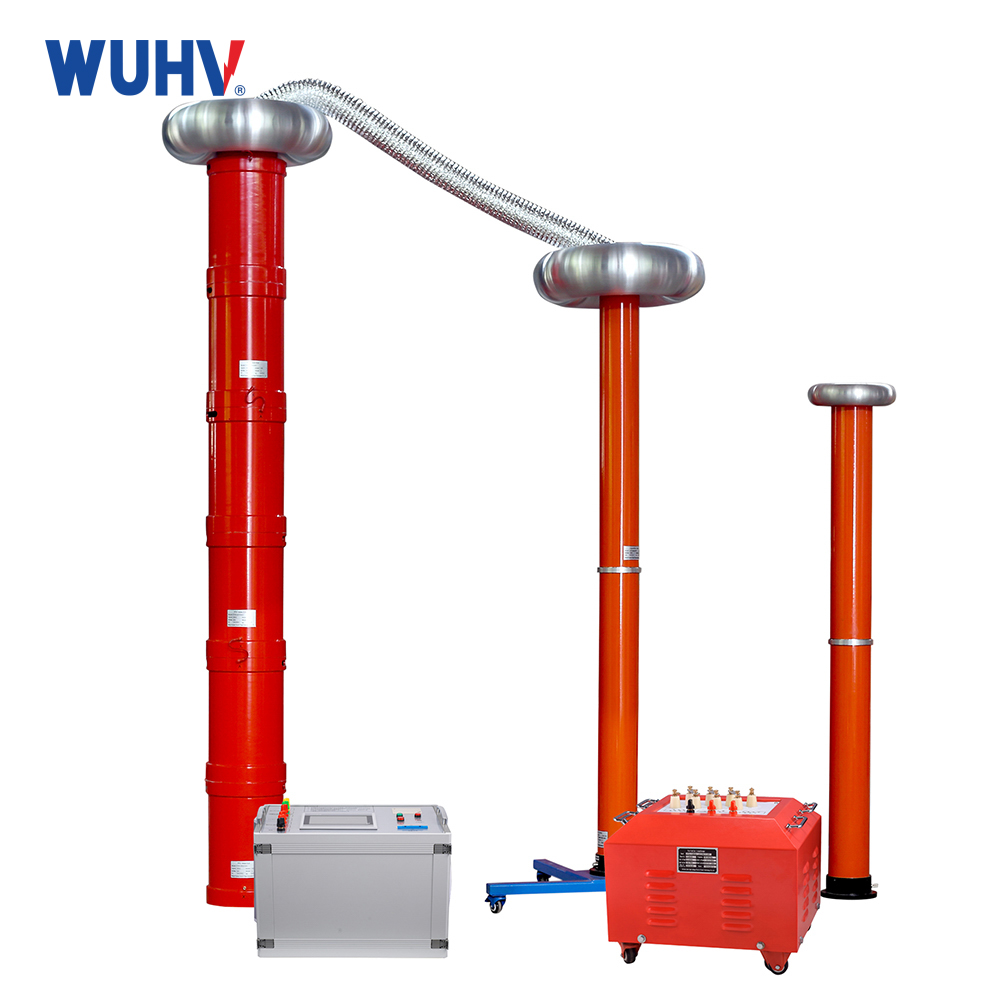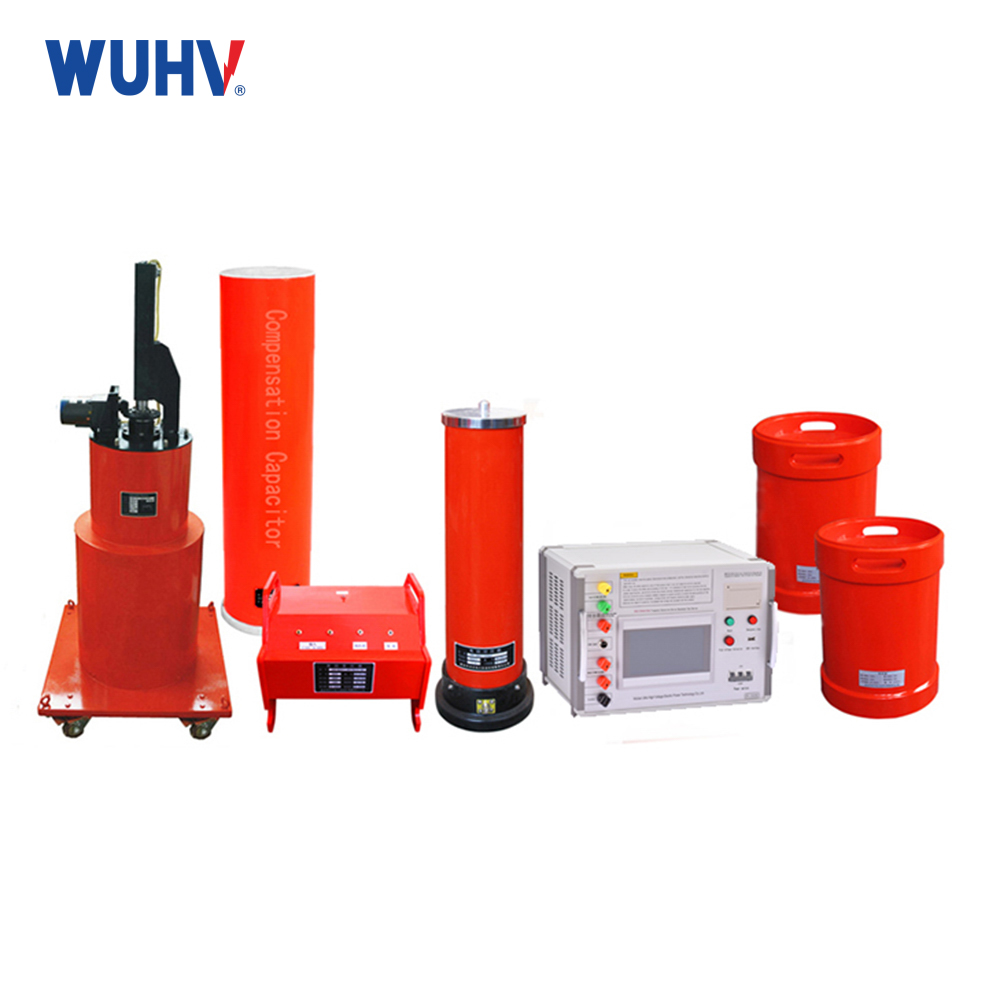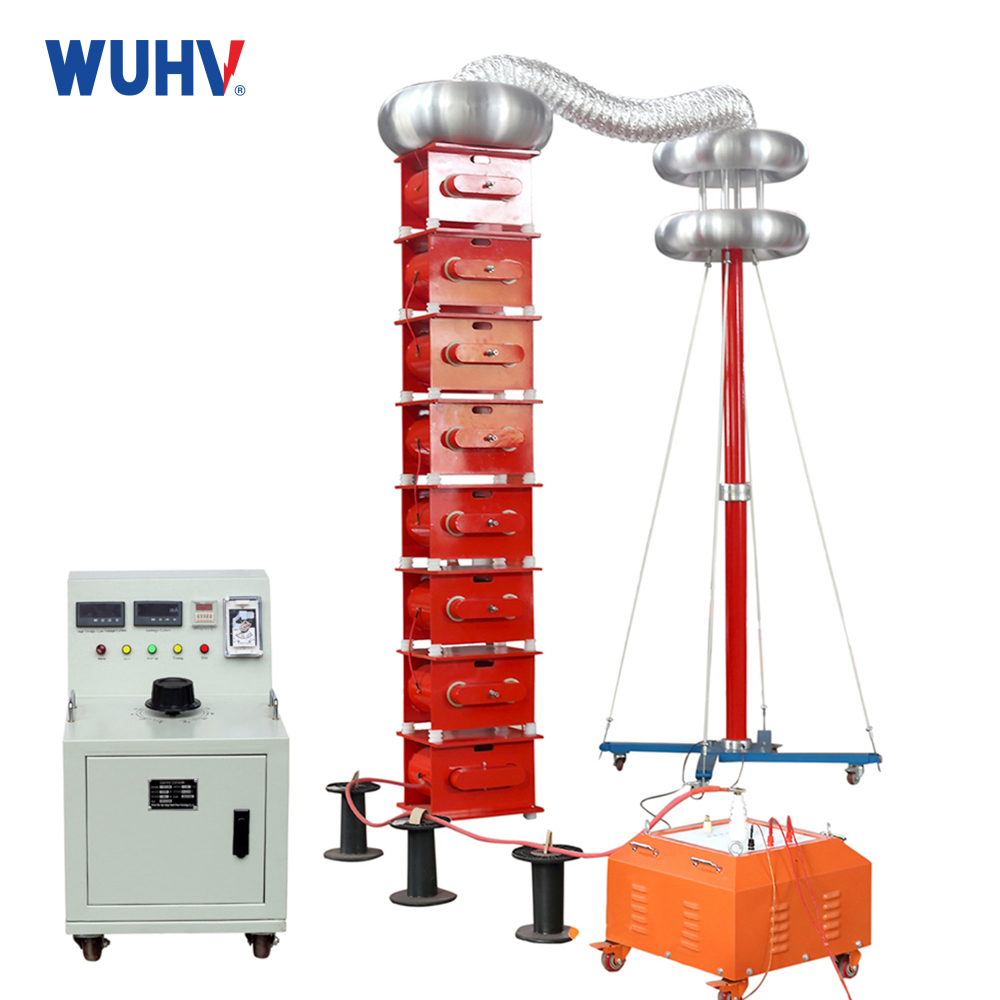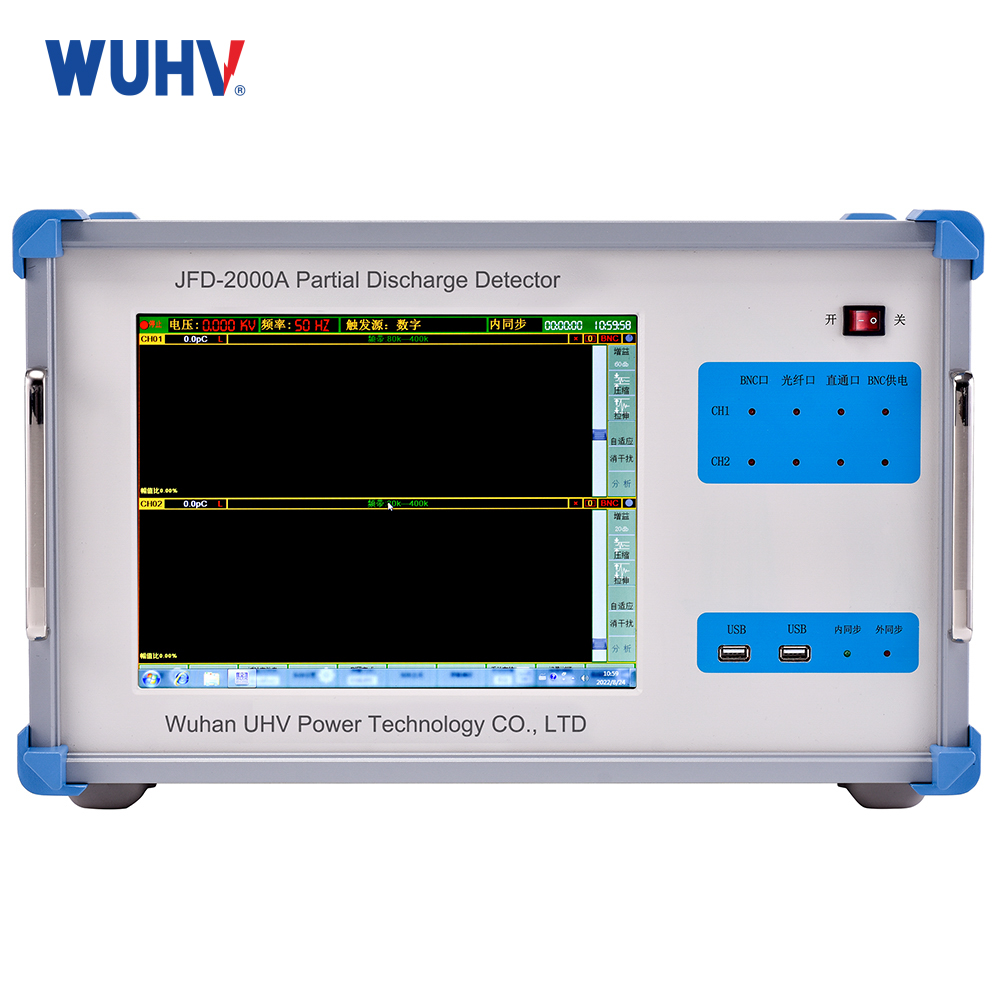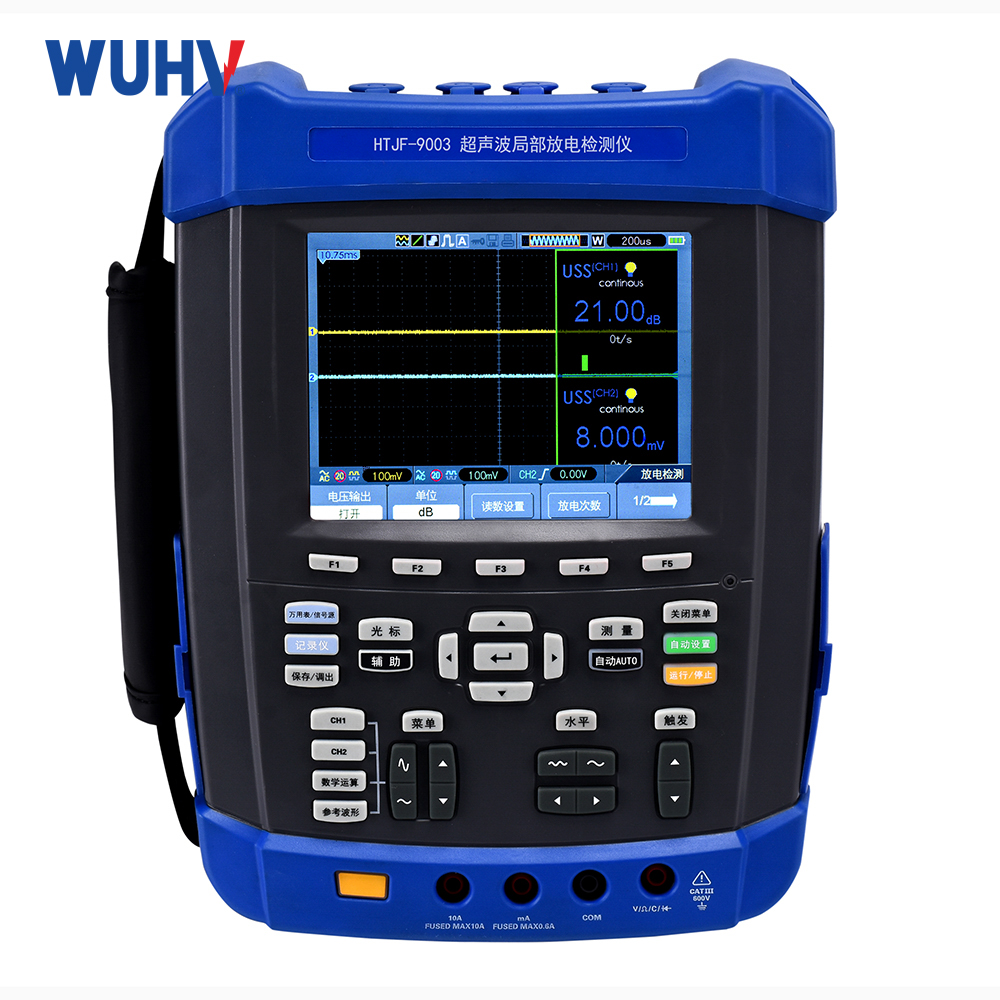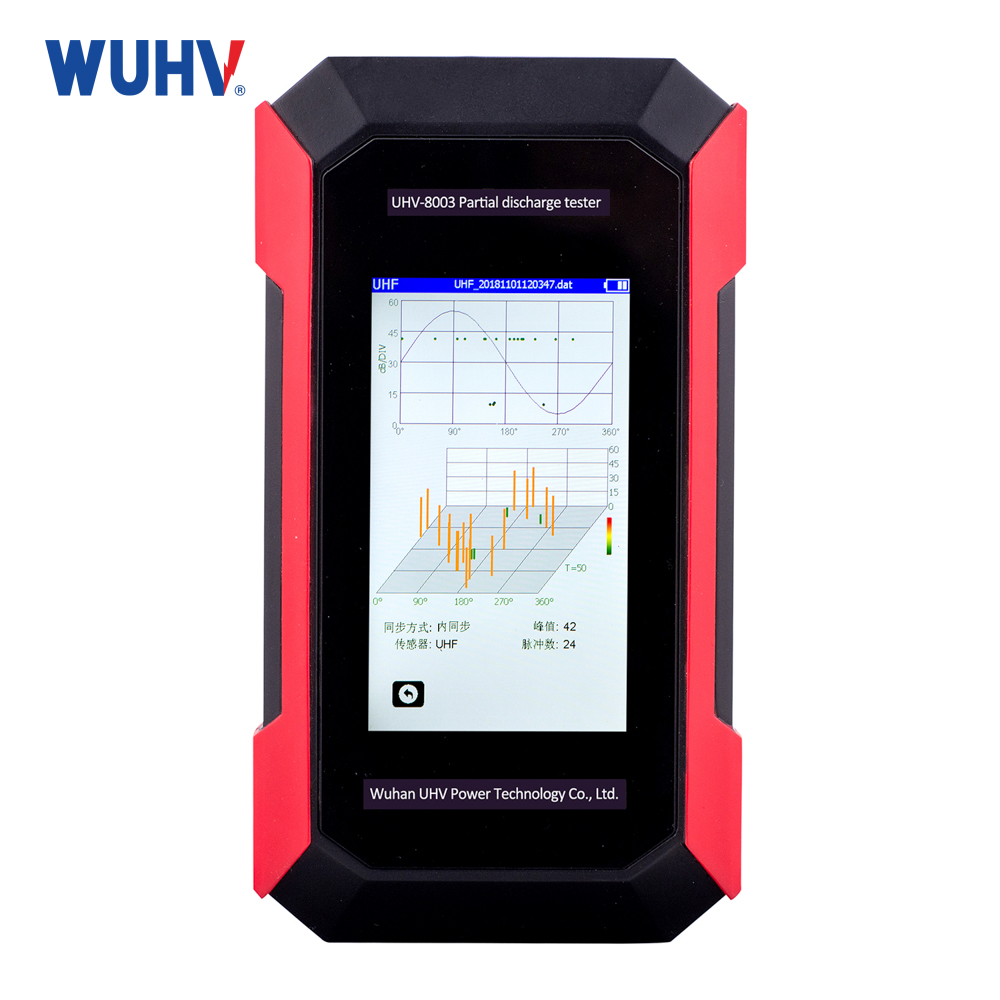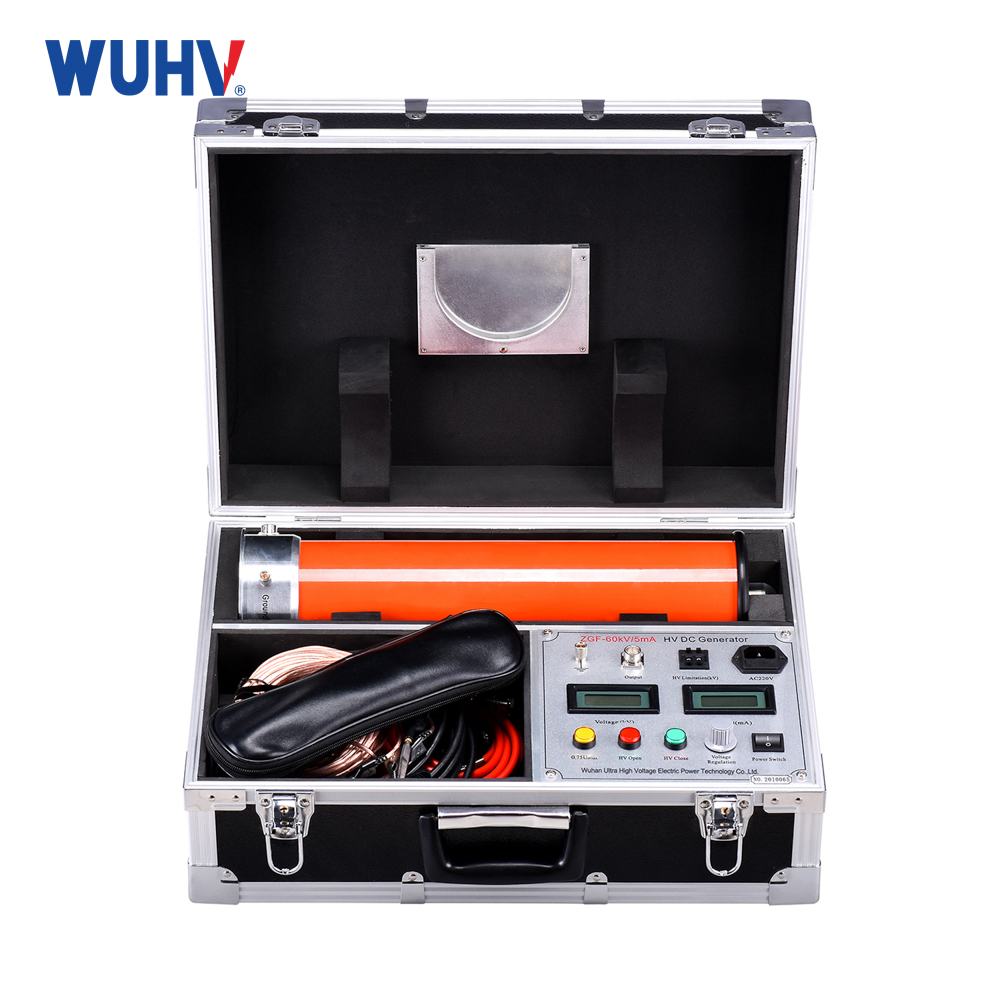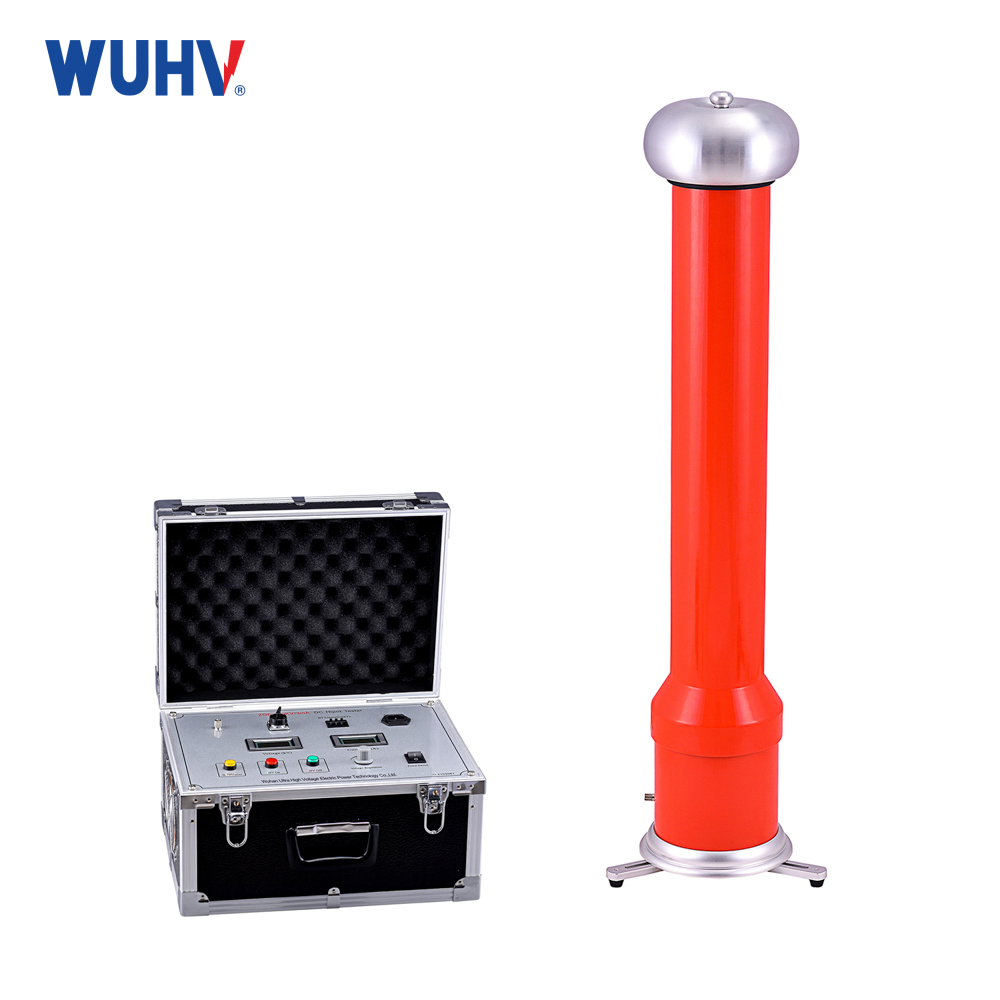The cable fault testerunder Wuhan UHV can help many power workers conduct various power tests more conveniently.
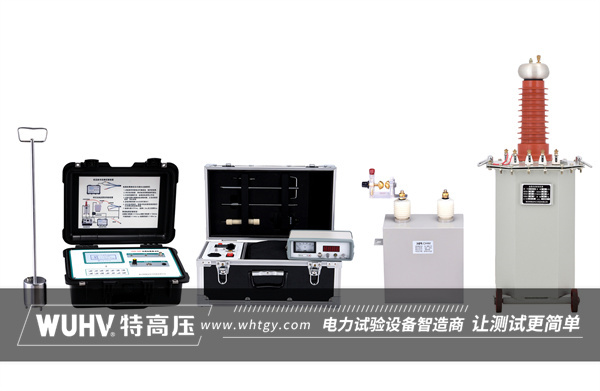
To determine whether a cable fault is a high resistance fault or a low resistance fault, the following steps and indicators can be used:
1、 Measure insulation resistance
Using an insulation resistance tester: Firstly, use an insulation resistance tester (such as a megohmmeter) to measure the insulation resistance value of the cable.
2、 Judging based on insulation resistance value
High resistance fault:
When the insulation resistance of one or more cores of a cable is higher than the normal value, but does not reach infinity (usually the insulation resistance is greater than 100k Ω, which is lower than the normal insulation resistance of the cable), it can be judged as a high resistance fault.
High impedance faults may be caused by cable aging, insulation damage, poor joint contact, and other reasons.
Low resistance fault:
When one or more cores of the cable are grounded, or the insulation resistance between cores is less than 100k Ω, it is a low resistance grounding fault.
Low impedance faults may be caused by cable short circuits, insulation moisture, external substances entering the cable, and other reasons.
3、 Other detection methods
In addition to directly measuring insulation resistance, the following methods can also be used to assist in judgment:
DC flashover test: For high resistance faults, the DC flashover test method can be used. When the test current is greater than 15mA, the test waveform has repeatability and overlap, and one waveform has one emission, three reflections, and the pulse amplitude gradually decreases. The measured distance is the distance from the fault point to the cable test end.
Bridge method: Determine the location of the fault point by comparing the resistance of the cable core with the resistance of the auxiliary cable, especially suitable for locating high resistance piercing points.
Pulse Reflection Method (TDR): The fault location is determined by sending a pulse signal and receiving its reflected wave in the cable. Although this method is mainly suitable for locating wire breakage, low resistance, and open circuit faults, in some cases, it can also provide reference for determining the type of fault.
4、 Induction
The key to determining whether a cable fault is high resistance or low resistance is to measure the insulation resistance value of the cable. When the insulation resistance value is higher than the normal value but does not reach infinity, it can be judged as a high resistance fault; When the insulation resistance value is less than 100k Ω, it can be judged as a low resistance fault. During the detection process, suitable detection methods can be selected based on specific circumstances, such as DC flashover testing, bridge method, pulse reflection method, etc., to more accurately determine the type and location of the fault.


